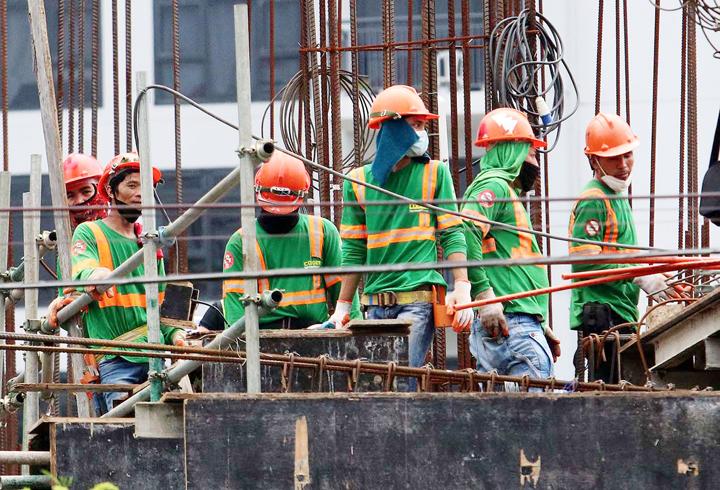
THE country’s output likely slumped back to deceleration mode in the third quarter of the year, as renewed lockdowns during the period may have nipped the buds of early recovery in the second quarter of 2021, a local analyst said.
Speaking to the Federation of Filipino Chinese Chambers of Commerce and Industry Inc. (FFCCCII) in a virtual dialogue on Wednesday, BDO Unibank First Vice President and Chief Market Strategist Jonathan Ravelas said the country’s gross domestic product (GDP) likely went back to contraction in the third quarter, after the 11.8-percent growth in the second quarter of the year.
“For the third quarter, with the present lockdowns. I don’t think we will probably see a positive growth rate. In the second quarter, we already saw a negative 1.3-percent growth quarter-on-quarter so most likely we will probably see another decelerating trend,” Ravelas said.
The analyst, however, expects GDP to pick back up toward the end of the year as the country is expected to open its economy more during the period.
For the year, his forecast GDP is 4.3 percent, well within the 4 to 5 percent assumption of the government for 2021. For next year, Ravelas puts in a more optimistic forecast of 6 percent on government spending and election spending.
Ravelas said weak business and consumer confidence in the country continue to “cloud” the country’s recovery. The analyst also said his policy recommendation is for the country to move from a “reactive” to “proactive” approach and accept that the virus will eventually be endemic.
“We need to be able to prepare ourselves to move from a reactionary pandemic management to a more endemic strategy, meaning, we need to now think how we [can] sustain reopening the economy without going back to the present situation,” Ravelas said, adding that this will likely improve business confidence in the country.
While recovery has been affected, the analyst sees “silver linings”—particularly remittances and business-process outsourcing (BPO) receipts—in the economy, adding these are expected to continue supporting the country.
“Remittances continue to flourish as they are now very similar to that of remittances last year. Most of the forecast before were looking at 5-percent decline, but it only dropped by less than 5 percent,” Ravelas said.
“This year we’re looking at close to 5 percent in terms of remittance growth and normalizing back to at least 4 percent in the coming years,” he added. The analyst also said BPO receipts have “outperformed themselves” because they are able to work at home and convert some of their allowances to pay for their Internet.
Data from the Bangko Sentral ng Pilipinas (BSP) showed that cash sent home by Filipino migrant workers hit its highest level for the year in July this year at $2.853 billion, as overseas Filipino workers (OFWs) continued to defy expectations and retain altruistic trends amid the pandemic.
Image courtesy of Nonoy Lacza

